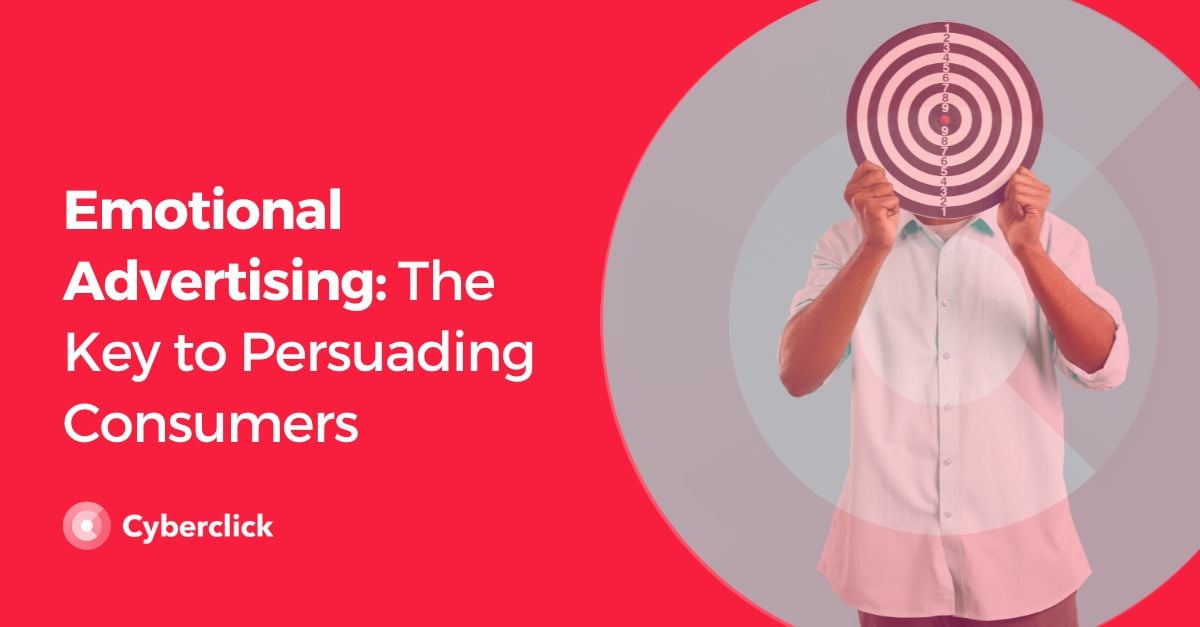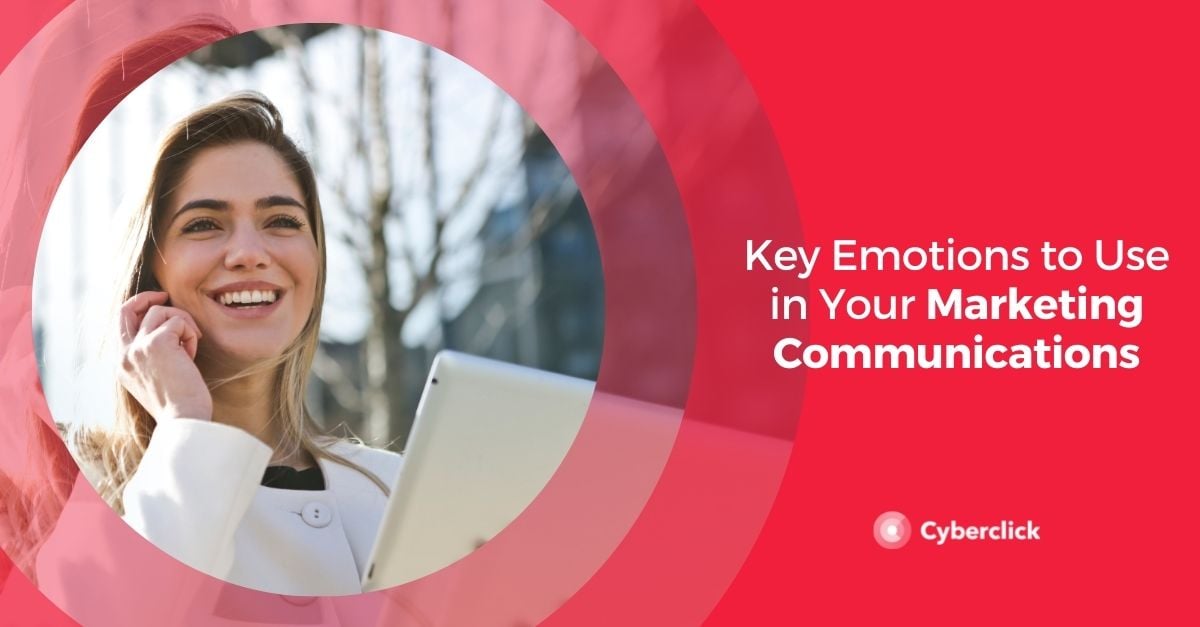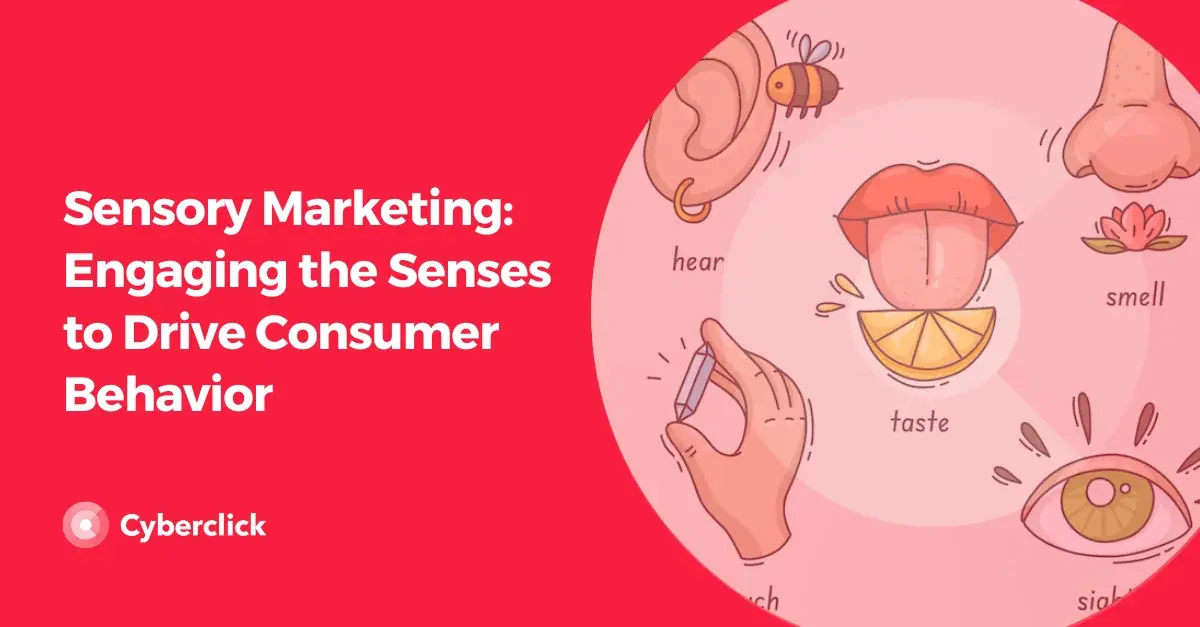When a customer makes a purchase, they are influenced by both rational and emotional factors. This is why effective advertising should appeal to both of these aspects. However, depending on your target audience, some strategies are better suited to appeal to one or the other. Below, we will discuss the benefits of emotional advertising and how it can help your company achieve its marketing goals.
What Is Emotional Advertising?
Emotional advertising appeals to people's emotions in order to connect with them and persuade them to take action. This type of advertising often uses symbolism and imagery to evoke a feeling rather than focusing on the factual details of the products or services being advertised.
When consumers feel an emotional connection to a brand, they are more likely to remember it, buy its products, and recommend it to others.
In this type of campaign, the product or service would not be the campaign's protagonist. Instead, the focus would be on the sensations or feelings that you want viewers to experience.
Neuromarketing is the discipline that studies the different types of advertising techniques that fall within emotional advertising.
There are 5 characteristics that define emotional advertising:
- Positive Impact: The advertising should have a positive impact on the viewer. It should make them laugh, feel happy or inspired, or something similar.
- Long-Term Impact: It should have a lasting impression on the viewer. It should create a connection between the brand and the consumer that lasts beyond the initial exposure to the ad.
- Appeal to Emotion: It should appeal to the emotions and feelings of the consumer and make them feel something, whether it's happiness, curiosity, anger, or motivation.
- Reflect Your Brand's Values: It should show how the brand can help consumers achieve their goals or live their best lives.
- Well-Crafted Storytelling: It should tell a story that the viewer can relate to and that will make them feel something. This will make the ad more engaging and persuasive.
How to Apply Emotional Advertising in a Marketing Strategy
Advertising often appeals in both rational and emotional ways. But this is not always the case; emotional advertising focuses only on the latter and is used by brands that have found that this type of focus is what works best to boost their sales. If this is the case for your company, here are some tips to help you successfully implement this type of advertising.
Know Your Customers
In any marketing strategy, the first step is to understand your customers. This includes understanding their demographics, psychographics, and needs. It is also important to understand your customers' emotions. What makes them happy? What makes them sad? What are their concerns? What are their hopes and dreams? Once you understand your customers' emotions, you can tailor your advertising to appeal to them.
Be Authentic
This type of advertising is not about manipulating consumers to push them to buy your products or services. It’s about creating real and lasting connections with your target audience. To do this, your advertising must be authentic. Your message should represent your brand's values and be honest. If your customers perceive your advertising as empty or manipulative, they will not be persuaded.
Use Inspiration
Inspirational messages are very powerful in emotional advertising. They can motivate your audience to take action and achieve their goals. Sports brands, such as Nike, Adidas, or Reebok, are often very good at using inspiration in their advertising. For example, Nike’s “Just Do It” campaign is a classic example of inspirational advertising. This campaign has inspired millions of people worldwide to get active and pursue their dreams.
Boost the Feeling of Community
The feeling of community or belonging to a group is very impactful for human beings. It makes us feel connected, supported, and valued. For this reason, brands often use this feeling of togetherness in their emotional advertising strategy. For example, many brands use social media to create a sense of community around their products or services.
Tell a Story
The most effective emotional advertising is the one that tells a story. Stories engage our emotions and helps us connect with the characters and the message. When we see a story unfold, we empathize with the characters and want them to succeed. For example, Apple's "Think Different" campaign tells the stories of famous people who challenged the status quo, using striking visuals and Steve Jobs as the narrator. The use of Steve Jobs was a huge success in terms of his connection with consumers on a personal level.
Use Visual Resources and Music
This is very effective in emotional advertising since visuals and music can help to create a mood and atmosphere. When these elements are used together, they can create a powerful and memorable experience for the viewer.
The beer brand Estrella Damm’s “Mediterranean Moments” campaign tells the story of friends who enjoy the summer together. The campaign uses beautiful visuals of the Mediterranean Sea and the surrounding countryside to create a sense of nostalgia and longing for the carefree days of summer.
Successful Examples of Emotional Advertising
Coca-Cola
Coca-Cola's advertising is a classic example of emotional advertising. The brand’s ads are often heartwarming and nostalgic, always focusing on the positive emotions of drinking Coca-Cola. For example, the campaign “Share a Coke” campaign was a huge success because it tapped into the feeling of connection and community.
Dove
The giant beauty brand has used real women in its advertising to challenge traditional beauty standards. Dove’s ads often feature women of all shapes, sizes, and colors and celebrate real women's beauty. For example, Dove’s “Real Beauty Sketchers” ad was a huge success because it changed how women view themselves.
Benefits of Emotional Advertising for a Brand
- Brand Awareness: Emotional advertising can help increase brand awareness by creating a positive association between the brand and the emotions it evokes in viewers. When viewers see a moving ad for a brand, they are more likely to remember the it and the feeling that it gave them.
- Customer Loyalty: Emotional advertising can also strengthen the bond between consumer and brand and make it more durable. When customers feel an emotional connection, they are more likely to be loyal to the brand in question and to recommend it to others.
- Humanization: Emotional advertising can help humanize a brand by showing its values and commitment to making the world a better place. This can make a brand more relatable and likable to consumers, increasing sales and trust.
Inbound Marketing & Content Strategist en Cyberclick. Experta en marketing online, gestión de contenidos, estrategia en redes sociales, y creación y optimización de campañas en social ads.
Inbound Marketing & Content Strategist at Cyberclick. Expert in online marketing, content management, social media strategy, and creation and optimization of campaigns in social ads.







Leave your comment and join the conversation